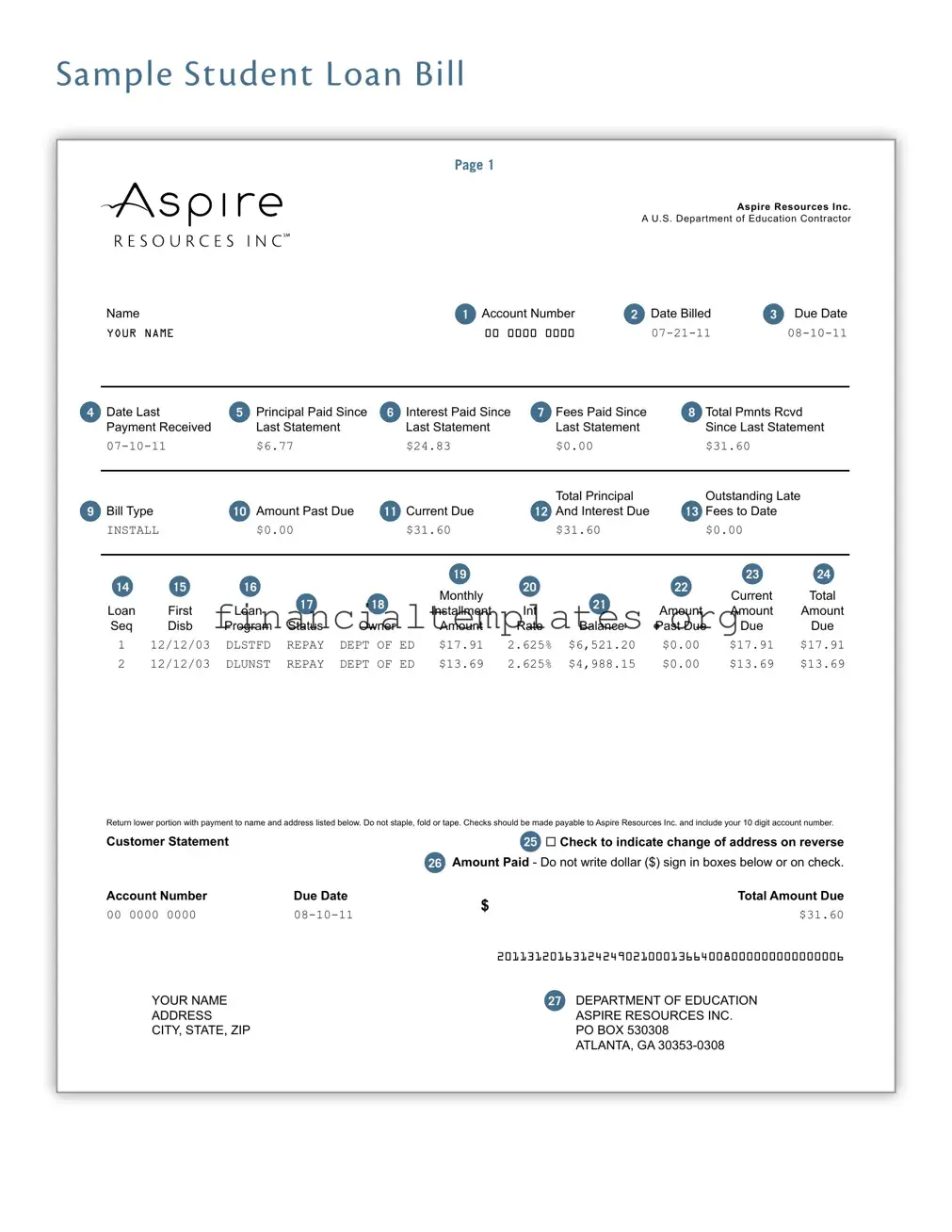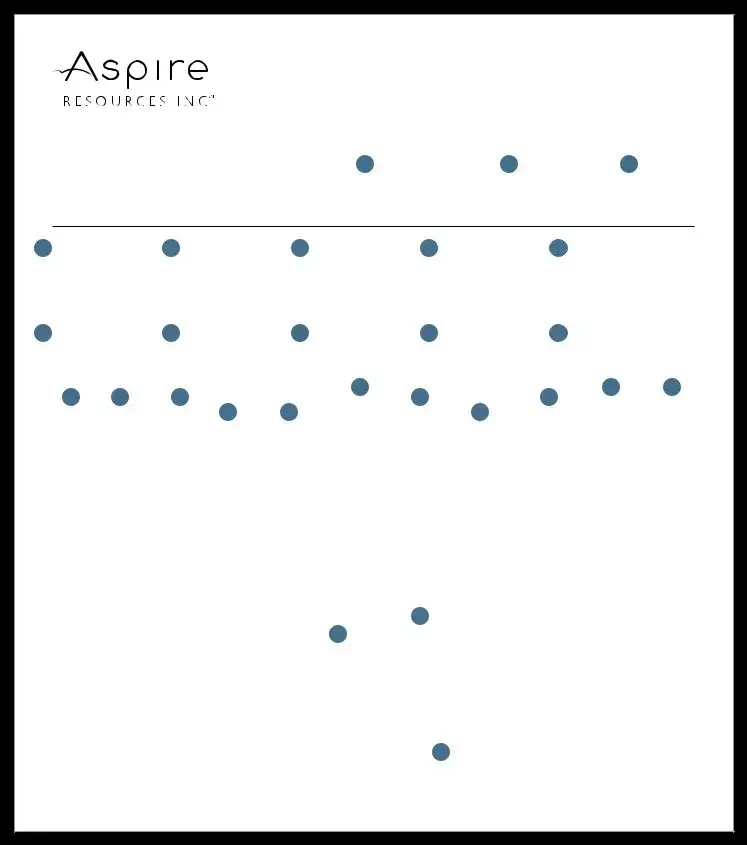The Dlstfd Student Loan form shares similarities with a Mortgage Statement, which provides homeowners with details on their current loan balance, interest paid, principal paid, and any fees or penalties incurred since the last statement. Both documents offer a comprehensive overview of outstanding debts and include information on the interest rate, balance due, and payments received. Like the student loan form, a mortgage statement may indicate the amount past due and the total amount due, helping borrowers understand their financial responsibilities and progress toward paying off their debts.
Another document resembling the Dlstfd Student Loan form is the Credit Card Billing Statement. This statement outlines the charges made to the credit card, payments received, current balance, and any interest or fees applied. Similar to the student loan form, it details the billing period, due date for payments, and past payments towards the balance. Both documents aim to keep the borrower informed about their financial obligations and the status of their account, encouraging timely payments to avoid additional fees.
The Monthly Utility Bill also parallels the Dlstfd Student Loan form in structure and purpose. Utility bills list charges for services like electricity, water, and gas, indicating the amounts due, payments received since the last statement, and any outstanding fees. Though for different services, both documents provide a summary of financial activity over a billing cycle, including detailed breakdowns of charges, payments, and due dates, guiding consumers in managing their payments effectively.
Health Insurance Explanation of Benefits (EOB) is another document similar to the Dlstfd Student Loan form. The EOB breaks down the costs covered by insurance for medical services received, what the patient owes after insurance payments, including any deductibles, co-pays, or co-insurance fees. Both documents offer transparency in financial transactions related to a service, detailing what has been paid, what remains due, and any additional fees, ensuring individuals understand their financial responsibilities.
The Annual Tax Statement resembles the Dlstfd Student Loan form as well. This document provides an overview of an individual's income, taxes paid, and any refunds or amounts owed to the government. Like the student loan form, it includes detailed financial transactions over the year, helping individuals understand their tax obligations, prepare for future financial planning, and ensure compliance with tax legislation.
An Investment Account Statement, provided by brokerages or investment firms, shares similarities with the Dlstfd Student Loan form. It gives investors a snapshot of their portfolio, including the value of their investments, any gains or losses, and transactions made within the statement period. Both documents aim to keep the account holder informed about the current status of their financial investments or obligations, providing a basis for making informed decisions.
Lastly, a Car Loan Statement is akin to the Dlstfd Student Loan form, detailing the balance of the loan, interest and principal payments, and any fees incurred. It communicates the financial status of the borrower's account, progress toward paying off the car loan, and outlines the remaining balance and terms of repayment. Both documents are critical for individuals managing loans, ensuring they remain aware of their obligations and the progress they are making toward settling their debts.


